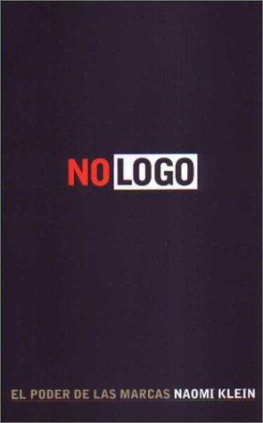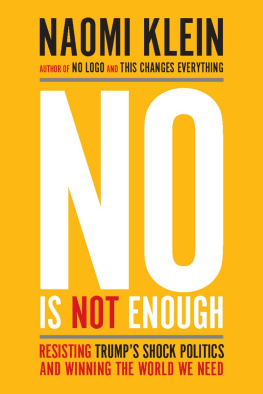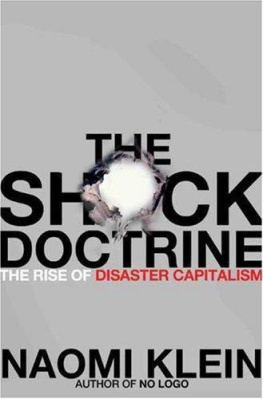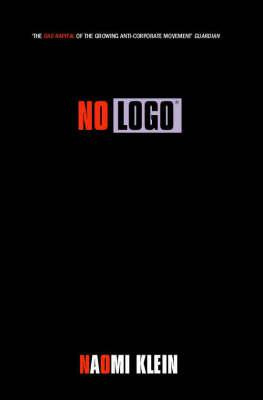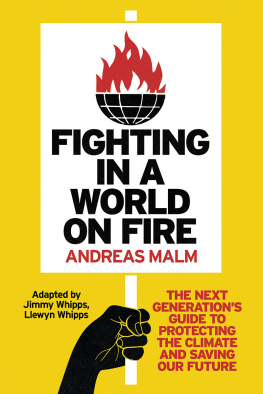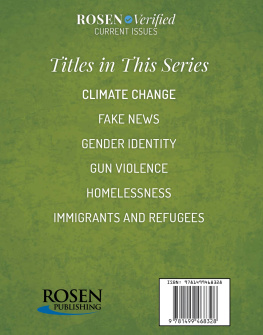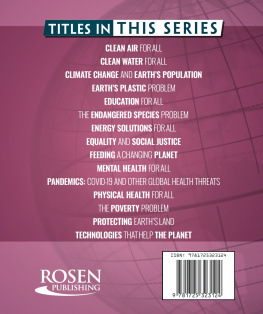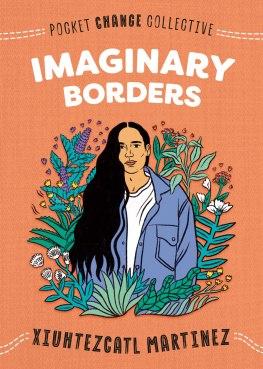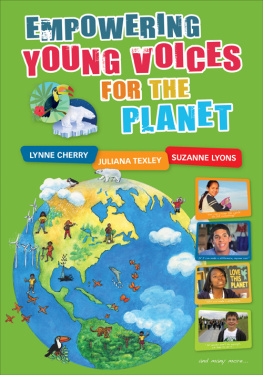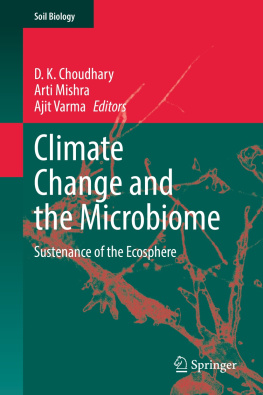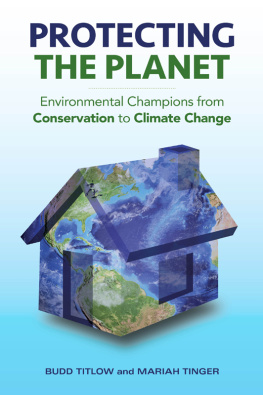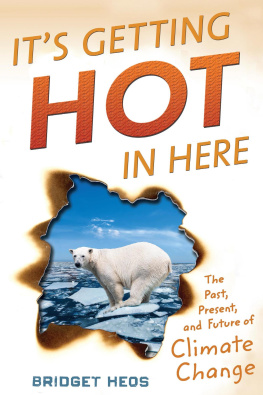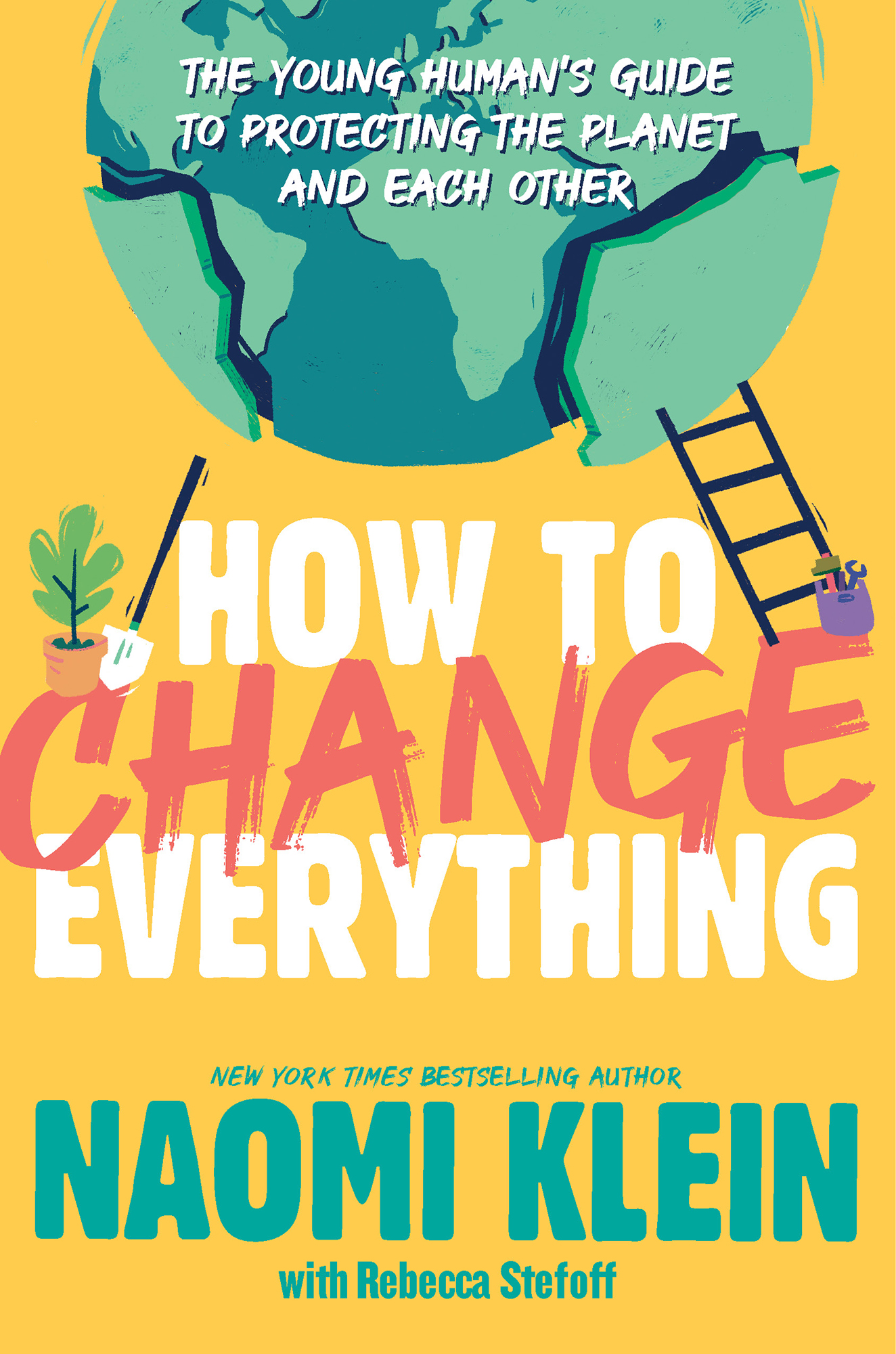In loving memory of Teo Surasky (20022020)
N. K.
INTRODUCTION At the Reef
I spent a lot of time underwater as a kid. My father taught me to snorkel when I was six or seven, and those are some of my happiest memories. I was a shy child and often felt self-conscious. The one place where I never felt that way, where I always felt free, was in the water. Meeting ocean life so closely always amazed me.
When you first swim up to a reef, the fish mostly scatter. But if you hang out for a few minutes, breathing quietly through your air tube, you become part of the seascape to them. Theyll swim right up to your mask, or gently nibble your arm. I always found these moments wonderfully dreamlike and peaceful.
So when I went to Australia for work years later, I decided to try to give my four-year-old son, Toma, the kind of undersea experience I had loved as a child. I wanted to show him that although the surface of the sea might look unremarkable, you can see a whole new and colorful world when you look beneath the surface.
Toma had just learned to swim, and we were about to embark on my first-ever visit to the Great Barrier Reef, the largest structure on Earth made up of living thingstrillions of tiny coral creatures. The timing seemed perfect.
We went to the reef with a film crew and a team of scientists who had been studying the reef. I wasnt sure that Toma would be able to focus on the coral at all, but he had a flash of true wonder. He saw Nemo. He saw a sea cucumber. I think he even saw a sea turtle.
That night, when I tucked him into bed in our hotel room, I said, Today is the day when you discovered there is a secret world under the sea. He looked up, and the pure happiness on his face told me he understood. He said, I saw it. I felt a mixture of joy and heartbreak, because I knew that just as he was discovering the beauty of our world, it was draining away.
You see, the Great Barrier Reef was the most stunning place I had ever seen. It was a riot of life everywhere. Sea turtles and sharks swam past brilliantly colored coral and fish. But the reef was also the most frightening thing I had ever seen, because large parts of itthe parts I didnt show Tomawere dead or dying.
Those parts of the reef were a graveyard. As a journalist who had been reporting on climate change and the environment, among other subjects, I had come to the reef to write about it. I knew what was happening.
A reef-killing event called a mass bleaching had the Great Barrier Reef in its grip. Bleachings happen at times of high water temperature. The living corals turn ghostly and bone-white. They can return to normal if temperatures quickly go back down to lower levels. In the spring of 2016, though, temperatures had stayed high for several months. A quarter of the reef had died and turned into a brown goo of decay. At least another half of it had also been affected to some extent.
The water of the Pacific Ocean didnt have to warm very much to cause this massive die-off at the Great Barrier Reef. Ocean temperatures went up just 1.8 degrees Fahrenheit, or 1 degree Celsius, past the levels at which these corals can live. The dead and dying parts of the reef I saw were the result.
Corals are not the only things affected by bleachings like the one I saw. Many species of fish and other creatures depend on coral for food or habitat. Food and income for a billion or so people around the world come from the fish that depend on coral reefs. When reefs die, the loss reaches far. Sadly, more reefs are dying. Thats because temperatures are rising everywhere, not just at the Great Barrier Reef, and these rising temperatures are changing our world. This book is about that change. It is about why temperatures are rising, how their rise is altering the climate and harming the planet we all share, andmost importantwhat we can all do about it.

The vibrant undersea world of a healthy coral reef.

Coral bleached by warming water will die and turn brown if the water does not cool. And once a reef dies, its web of life will eventually collapse.
What we can do goes far beyond making our individual efforts to reduce the pollution thats changing our climate. We do need to act against climate change to protect the natural world and the planet that supports all life, but we can go further than that.
Many things about climate change are unfair. One of them is the way it is stealing a healthy, clean planet from young people like my son, Toma. And from you.
It is also unfair that climate change affects people unevenly. Poorer communities, and minority communities, often suffer more than others from its effects. So this book is also about justice, or fairness. It is about how our response to climate change can help create not only a less polluted world but a more just one for all of us who share it.
You and your generation, and the generations yet to come, have done nothing to create the crisis of climate change, but you will live with the worst effects of itunless we change things.
I wrote this book to show you that this change for the better is possible. Then, just as I was finishing the book, the world confronted a sudden, unexpected crisis. A new contagious disease known as a novel coronavirus appeared.
In early 2020 the virus grew into a pandemic, a disease that affected people in nearly every country. Rates of sickness and death were tragically high. Millions of people had to change their ways of life, staying home and avoiding other people, to slow the spread of the virus. Schools closed in many countries, throwing kids into a new routine of learning at home while missing their friends.
At the end of this book youll find what I think we can learn from this shared worldwide experience. But as you read the following chapters, keep in mind that the coronavirus pandemic did not halt climate changeor the movement to bring climate change under control.
That movement is under way now. Its goal is to fight climate change while also making a fair and livable future possible for everyone. This is called climate justice. And young people are not just part of that movement. They are leading the way. Will you be one of them?
I hope this book will help you answer that question. It is meant to give you information and much more: inspiration, ideas, and tools for action.
First youll see some of the steps that kids like you are taking against climate change and for social justice, including racial, gender, and economic justice. After that youll dive into what we have learned about the state of the climate now, and how we got here. Then you can help decide what happens next. You wont be alone. In these pages youll meet some of the young activists from all over the world who are working to protect our planet and win climate justice.
It can be scary to look closely at the realities of climate change, but dont let the facts overpower you. Remember that they are only part of the story. The rest of the storythe part of it that has fired up hundreds of thousands of young people like you in all parts of the worldis that we have choices. The huge uprisings against racism and for climate action show us that millions are hungry for change. We can build a better future, if were willing to change everything.


